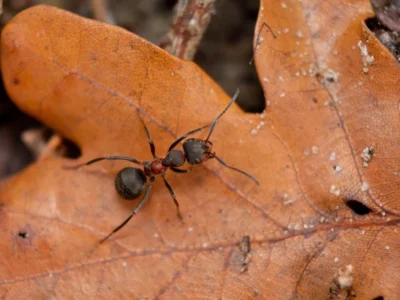Every purchase, from weekly groceries to large furniture purchases, is considered in light of the environment’s impact. Walk into any rug store in Fyshwick Canberra and notice customers asking staff where materials come from, how rugs get made, what happens when they wear out. Natural fiber rugs answer these environmental questions better than synthetic options ever could.
Disposal worries vanish completely
Synthetic rugs become landfill residents for eternity. These petroleum-based materials refuse to break down naturally, piling up in waste sites where they stay unchanged for centuries. Archaeologists dig up plastic items from the 1960s that look practically brand new – pretty sobering when you think about the legacy we’re creating. Natural fiber rugs take a totally different route when their time comes. Wool rots away through bacterial action, cotton crumbles into plant food, jute dissolves back into soil. This natural recycling feeds earth’s biological systems instead of clogging them up. Families watching their environmental footprint love knowing their floor coverings will eventually become compost rather than permanent trash.
Growing trumps drilling
Sheep grow fresh wool coats every year just by munching grass in pastures. Cotton plants pop up from seeds each spring, grow through warm months, then deliver harvest materials before going dormant. These farm cycles run forever without using up anything that can’t be replaced. Synthetic production works backwards from this sensible approach. Companies drill crude oil from underground, then blast it through industrial machinery that gulps energy while spewing pollution. Once that oil becomes synthetic fiber, it’s gone for good. Natural systems keep cranking out materials year after year through simple biology.
Chemical loads drop sharply
- Natural materials skip chemical processing steps that synthetic manufacturing needs throughout production
- Organic farming cuts out pesticide spraying while dodging artificial fertilizer applications
- Plant-based dyes decompose safely versus synthetic colors packed with toxic heavy metals
- Built-in fiber properties reduce chemical treatments that synthetic materials need for basic performance
Making synthetic rugs requires chemical wizardry just to create raw materials, then more chemical baths for stain protection, fire safety, toughness boosters. Natural fibers deliver these benefits through millions of years of evolution. Wool shrugs off water while resisting flames naturally, cotton breathes easily with simple cleaning, jute gets its strength from fiber design rather than chemical enhancement.
Farmland keeps working
Natural fiber production maintains agricultural areas that support farm economies while preserving growing knowledge passed down through generations. Sheep operations prevent soil washing away through managed grazing that creates homes for wildlife. These farm systems preserve countryside diversity that helps entire regions through water protection plus weather moderation. Traditional crop switching keeps soil fertile while supporting helpful bugs that factory farming wipes out. Farm areas growing natural fibers stay available for food production during emergencies or economic shifts.
Carbon gets sucked from atmosphere
- Growing plants pull carbon dioxide straight from air during fiber development
- Root systems lock captured carbon in soil for years
- Natural fiber processing uses tiny energy amounts compared to synthetic factories burning fossil fuels nonstop
- Local production cuts shipping pollution versus global synthetic networks
- Solar heat plus wind power often run natural fiber operations
Natural fiber rugs match sustainability values while delivering practical performance that justifies their environmental advantages through decades of reliable use.













Comments